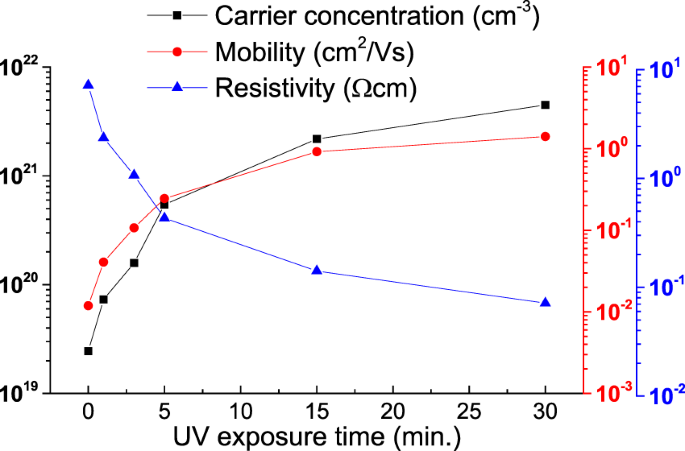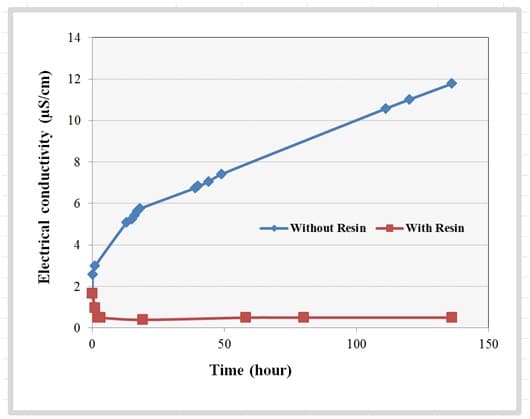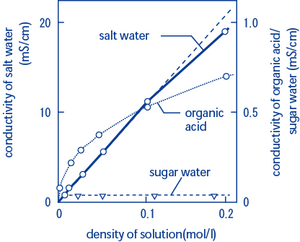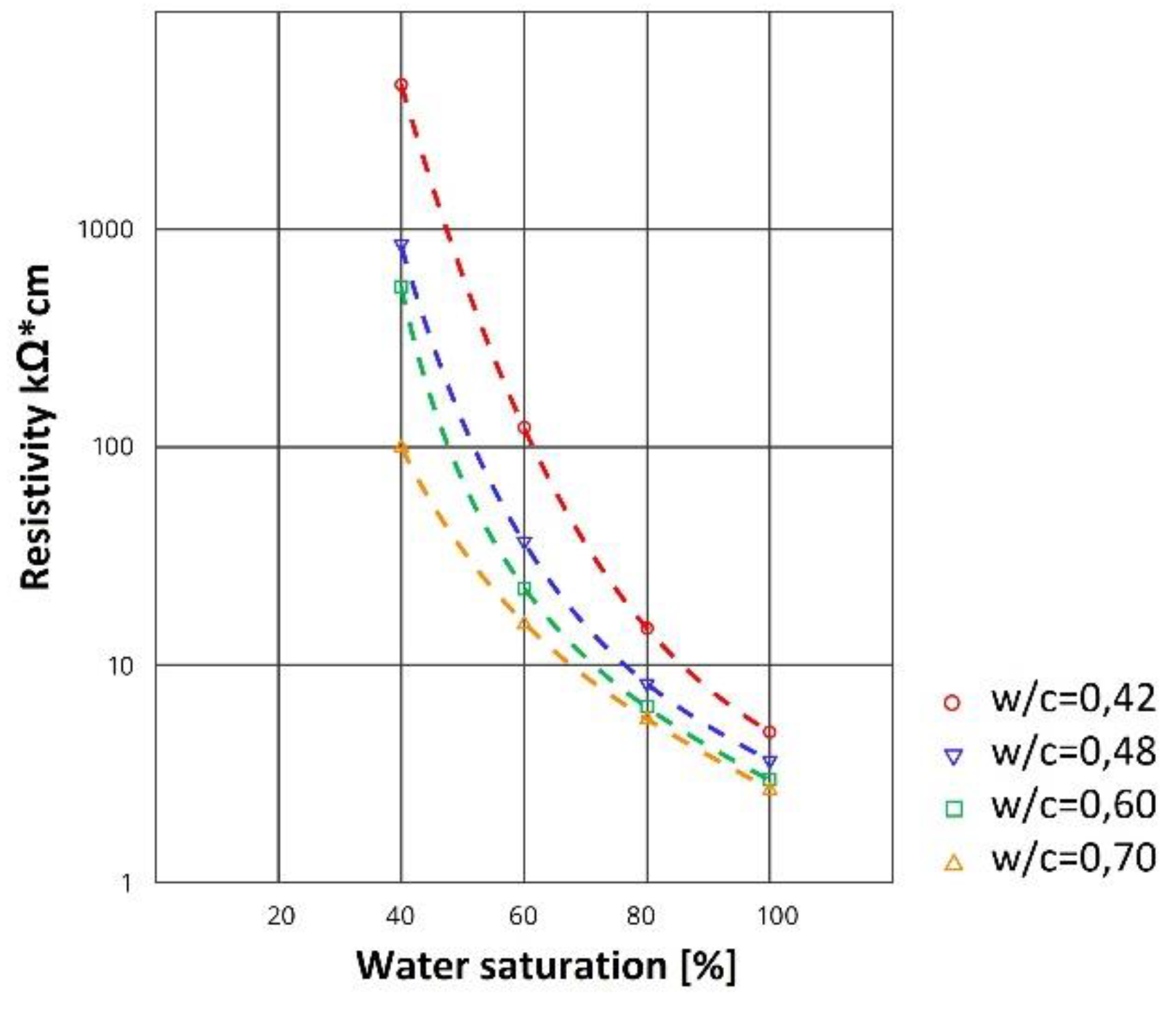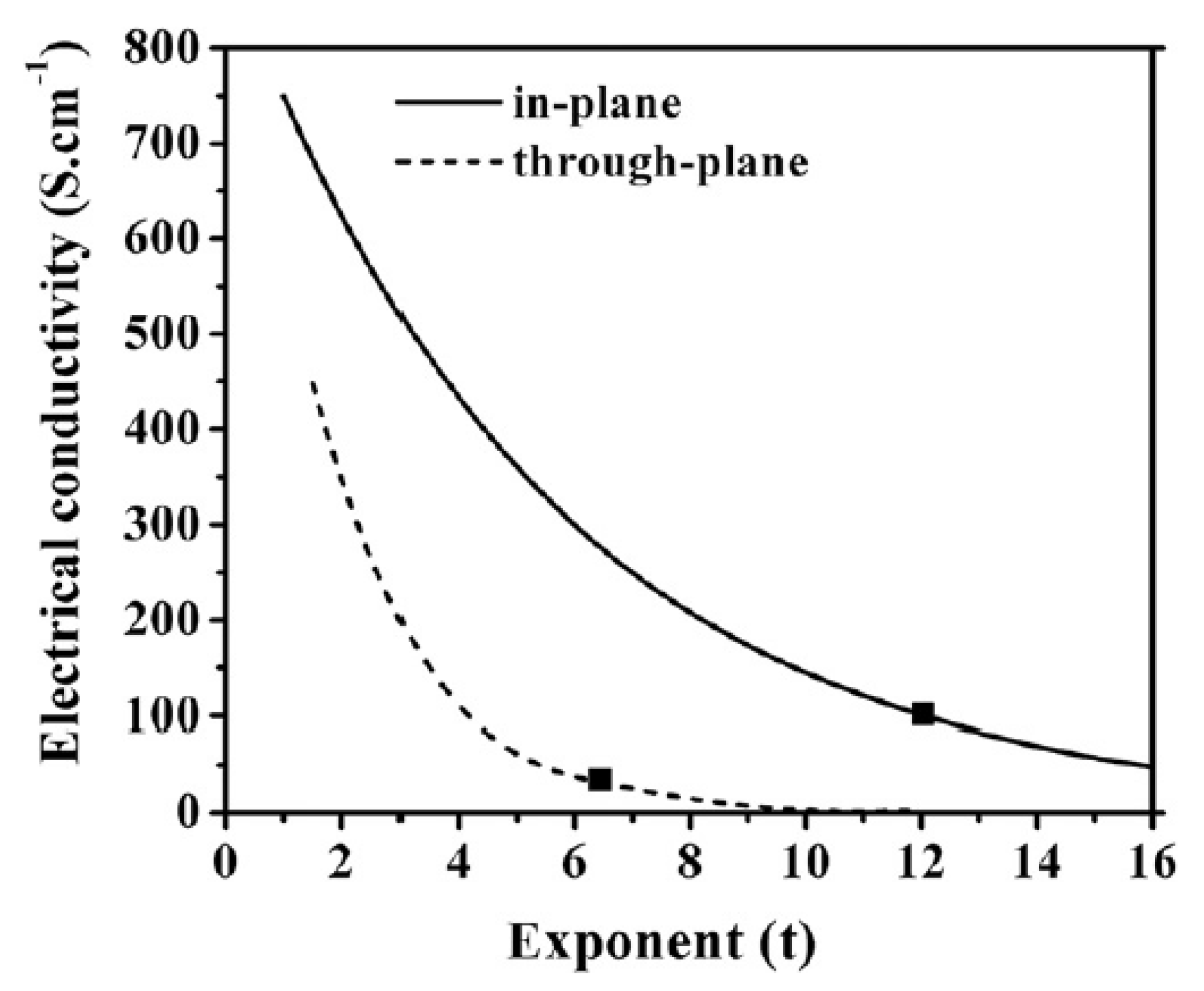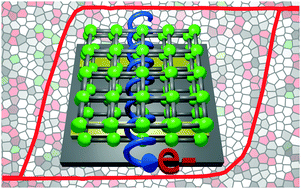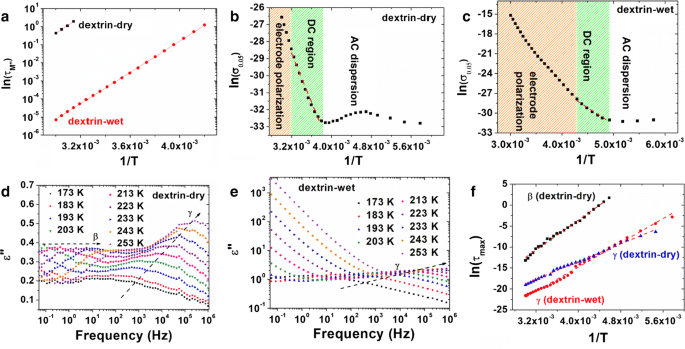Electrical conductivity in metals is a result of the movement of electrically charged particles.
What are responsible for the high electrical conductivity of metals.
The aluminum atom has three valence electrons in a partially filled outer shell.
Electric conductivity may be represented by the greek letter σ sigma κ kappa or γ gamma.
As a result of the incorporation of such kinds of.
Responsible for the high electrical conductivity of metals.
In metallic aluminum the three valence electrons per atom become conduction electrons.
For example hitting a metal with a hammer will dent the metal not shatter it into pieces.
As a result silver is by far the most conductive metal on earth.
In general metals with high electrical conductivity also have high thermal conductivity.
Metals in general are conductive with high electrical conductivity and high thermal conductivity.
The atoms of metal elements are characterized by the presence of valence electrons which are electrons in the outer shell of an atom that are free to move about.
Electrical conductivity is the reciprocal quantity of resistivity.
It is these free electrons that allow metals to conduct an electric current.
Due to high electrical conductivity of graphene based materials these materials find use in several potential applications such as in devices and other electronics.
Conductivity is a measure of how well a material conducts an electric current.
The valence electrons are always free to move when an electrical field is applied.
It has been reported that stacked rgo sheets paper like materials show electrical conductivity up to 35 100 s m 211.
Since the size and state of a substance influence its conductivity the rundown expects all examples are a similar size.
Metals have a high density of conduction electrons.
Typically they are malleable and ductile deforming under stress without cleaving.
This is because silver only has one valence electron.
Resistivity is commonly represented by the greek letter ρ.
Crystal crystal conductivity of metals.
Most conductive metals.
The presence of the mobile valence electrons as well as the nondirectionality of the binding force between metal ions account for the malleability and ductility of most metals.
This rundown of electric conductivity incorporates amalgams just as unadulterated components.
898 electrical conductivity of selected materials material conductivity mho m resistivity ohm m source polybutylene terephthalate 4 1014 2 polycarbonate 2 1014 2 polyester 1013 2 polyetheretherketone 6 1014 2 polyethylene terephthalate 1012 2 polyvinyl chloride 1014 2 cellulose acetate 108 1013 4 polyimide 4 1013 4 polyarylsulfone 3 2 1014 7 71 1014 4.
What are the most conductive metals.
Electrical resistivity also called specific electrical resistance or volume resistivity and its inverse electrical conductivity is a fundamental property of a material that quantifies how strongly it resists or conducts electric current a low resistivity indicates a material that readily allows electric current.



















